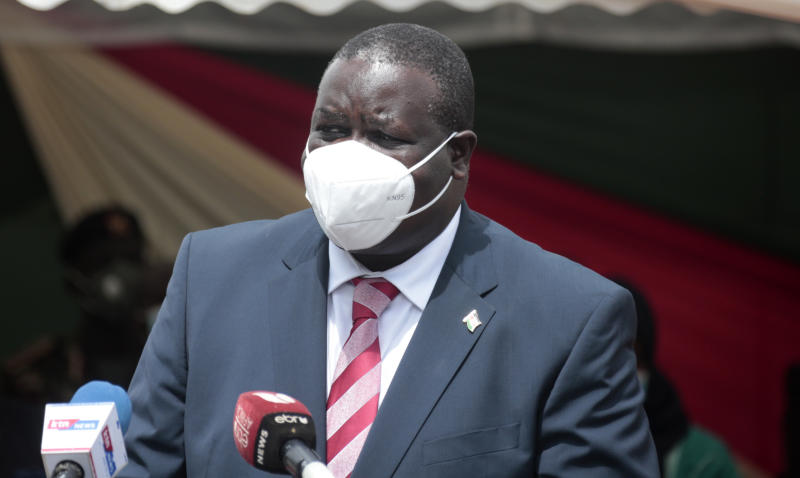×
The Standard e-Paper
Informed Minds Prefer The Standard

Education PS Dr. Julius Jwan. [Boniface Okendo, Standard]
Confusion has rocked the transition of learners from primary to secondary schools as senior Ministry of Education officials issue conflicting statements on Junior Secondary schools.